Name Robert Cotte | Role Architect | |
Similar People Philip V of Spain, Elisabeth Farnese, Otto Staudinger, Bartolome Sureda y Miserol, Isabella - Princess of Asturias | ||
Robert de Cotte
Robert de Cotte (1656 – 15 July 1735) was a French architect-administrator, under whose design control of the royal buildings of France from 1699, the earliest notes presaging the Rococo style were introduced. First a pupil of Jules Hardouin-Mansart, he later became his brother-in-law and his collaborator. After Hardouin-Mansart's death, de Cotte completed his unfinished projects, notably the royal chapel at Versailles and the Grand Trianon.
Contents
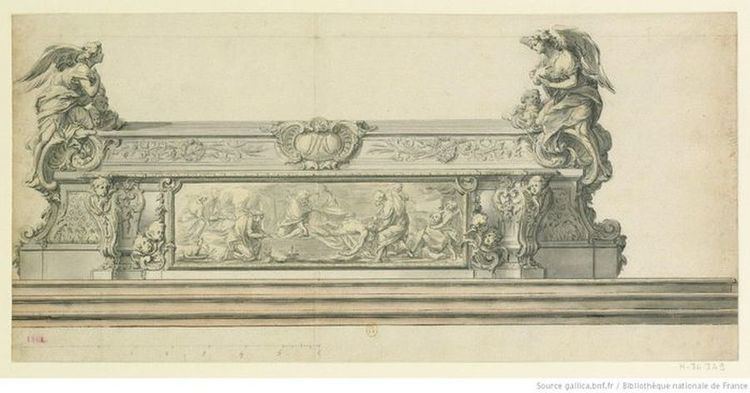
Biography
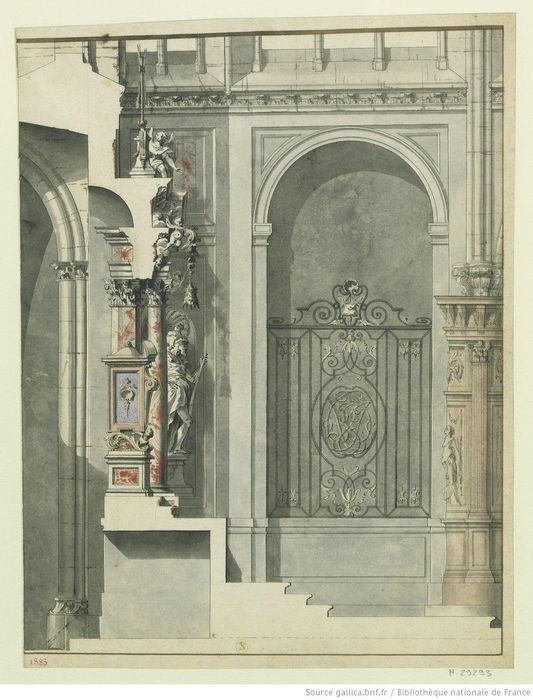
Born in Paris, Robert de Cotte began his career as a contractor for masonry, working on important royal projects between 1682 and 1685, when he was made a member of the Academie royale d'architecture and architect of the Court, ranking third in importance after Mansart's seldom-credited assistant Francois Dorbay (Kimball, p 36f). On his return to France after a six-month sojourn in Italy (1689–1690), in the company of Jacques Gabriel, he became the director of the Manufacture des Gobelins, where not only the famous tapestries, but also royal furnishings were produced; even designs made under his direction for wrought iron balustrading are to be found among the eight volumes of drawings for the Gobelins, and for other public and private commissions, conserved at the Cabinet des Estampes, Bibliotheque Nationale. In 1699, when Mansart was made Surintendant des Batiments, a position otherwise invariably reserved for a noble layman, de Cotte became his second-in-command in an executive function, charged with overseeing all the files of drawings, the stocks of marble and other materials including those for the royal manufactures of the Gobelins and Savonnerie, with overseeing the bidding process with contractors and with liaison with the Academie, of which he was made a member that same year. Fiske Kimball, the chronicler of the Rococo, notes that there are no surviving drawings by de Cotte from this period, nor from the period after Mansart's death in May 1708 (Kimball pp 61, 78).
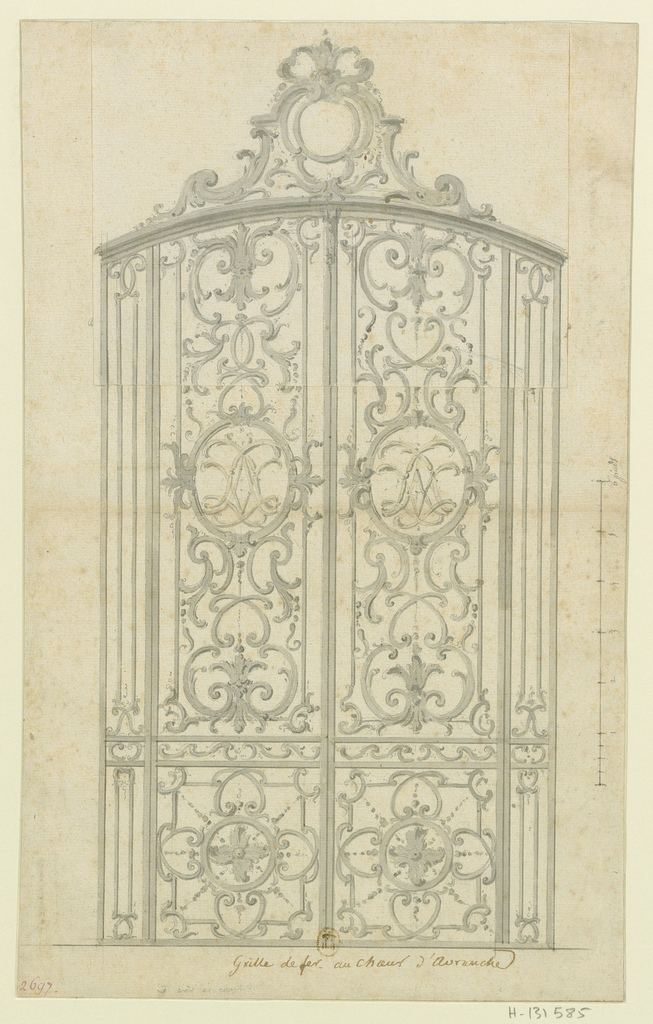
From 1708, Robert de Cotte was Premier architecte du Roi and director of the Academie royale d'architecture. He was in charge of the Batiments du Roi, which had been organized by Hardouin-Mansart into the prototype of all modern architectural offices, where the roles of director, comptroller, inspector, architect and draftsman were specialized, and the personalities involved submerged under the aegis of the Premier Architecte (Kimball, p. 8). The last years of Louis XIV are not on the whole periods of intense activity at Versailles, where the single great enterprise, already in progress at de Cotte's accession, was the Chapel, completed in 1710; there the decorative designs were actually the work of Pierre Lepautre, whom Fiske Kimball characterized as the "father of the Rococo".
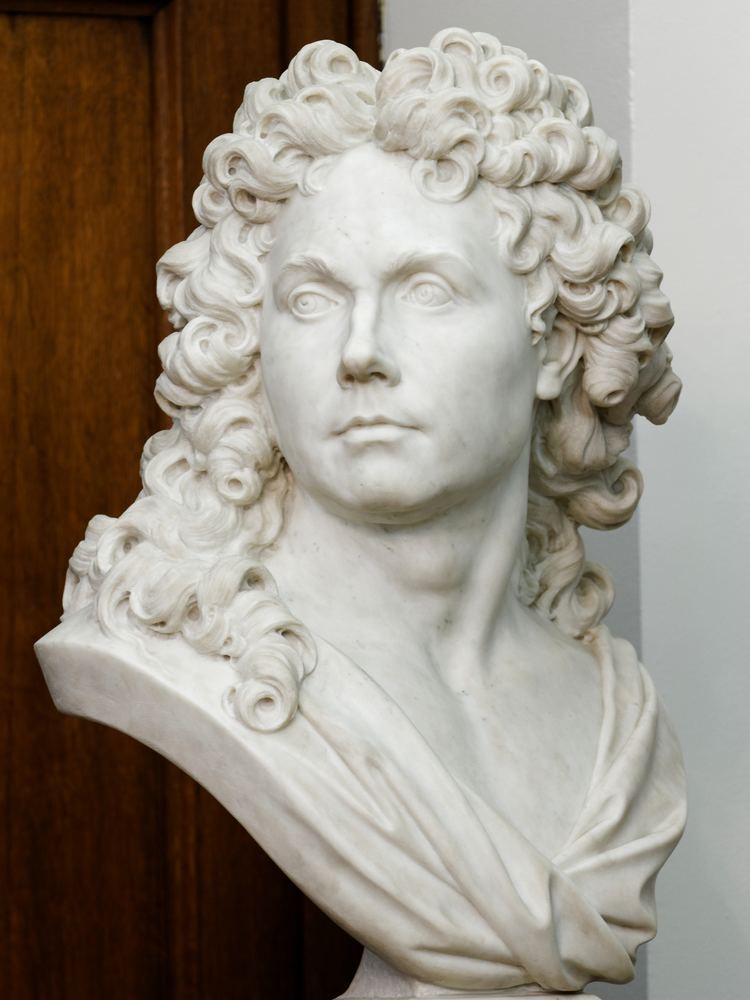
De Cotte, with ever-widening responsibilities at Court, was also occupied with projects in Paris. His name is inscribed on the first draft for the final project for Place Vendome (1699). De Cotte was responsible for the Hotel de Pontchartrain (Chancellerie, 1703); his team was busy building hotels particuliers in Paris, notably the Hotel de Lude (1710, demolished), the Hotel d'Estrees in rue de Grenelle (1713, remodelled); surviving drawings for interiors are in the hand of Pierre Lepautre. De Cotte was in charge of the team that remodelled Francois Mansart's Hotel de Vrilliere in 1714-1715 for Louis XIV's legitimated son, the comte de Toulouse; the outstanding features were the grand staircase, in which several sculptors collaborated, and the Gallery (1718–1719), upon which de Cotte's reputation has rested, and which survives. Mariette attributed its design to Francois-Antoine Vasse, and Fiske Kimball, on the basis of surviving preparatory drawings, concurred (Kimball, pp 117–8).
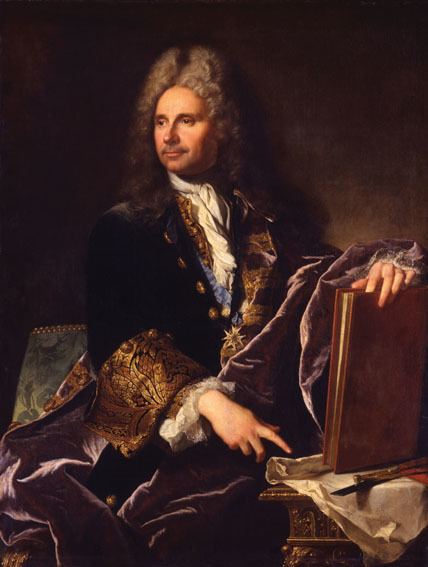
With the Regence during the minority of Louis XV, coinciding with de Cotte's maturity, the artistic lead in France passed smoothly in 1715 from the Batiments du Roi to the work being done by Gilles-Marie Oppenord for the Regent, Philippe, duc d'Orleans, at the Palais Royal in Paris. No new architects were added to the rolls of the Batiments du Roi. De Cotte, one of Europe's most prominently-placed architects, served by a rigorously-trained staff, was free to accept private commissions, assisted during his later years by his son Jules-Robert de Cotte (1683–1767). Balthasar Neumann, in Paris to consult him over the building operations at Wurzburg, found him and his son grandly occupied.

At this period, de Cotte was responsible for the Hotel de Conti, rue de Bourbon (1716–19, acquired by the duc du Maine; demolished) and the Hotel de Bourvallais, Place Vendome, now the Ministry of Justice.
Outside France, de Cotte's team was commissioned for projects to be completed on site by local craftsmen. In Bonn, his team was extensively employed by the Elector of Cologne, for the design of his rural Poppelsdorf Palace (from 1715) and interior remodeling (1716–1717) of his urban Electoral Palace. The decoration of the Cabinet des Glaces in the latter palace followed designs by Oppenord that featured reverse curves and garlands applied to mirror surfaces, a new feature. A new wing called the Buen Retiro was commissioned in the autumn of 1717. From newly-Bourbon Spain, the princesse des Ursins required his advice on the queen's apartments of the royal palace in Madrid. An octagonal room was fabricated in Paris under de Cotte's eye, 1713–1715, and sent to be installed in Madrid. At La Granja, an assistant from de Cotte's office, Rene Carlier, was employed in the designs for the parterres (Kimball, p 124). For the cardinal de Rohan, de Cotte provided decors for the Chateau de Saverne in Alsace (1721–1722; destroyed by fire).
With the death of Lepautre in 1716, de Cotte turned for the invention of ornaments to the sculptor Francois-Antoine Vasse, "responsible for all that is of creative significance in De Cotte's later works, as Lepautre had been in the previous period" (Kimball p 115). He died in Passy (now part of Paris).
